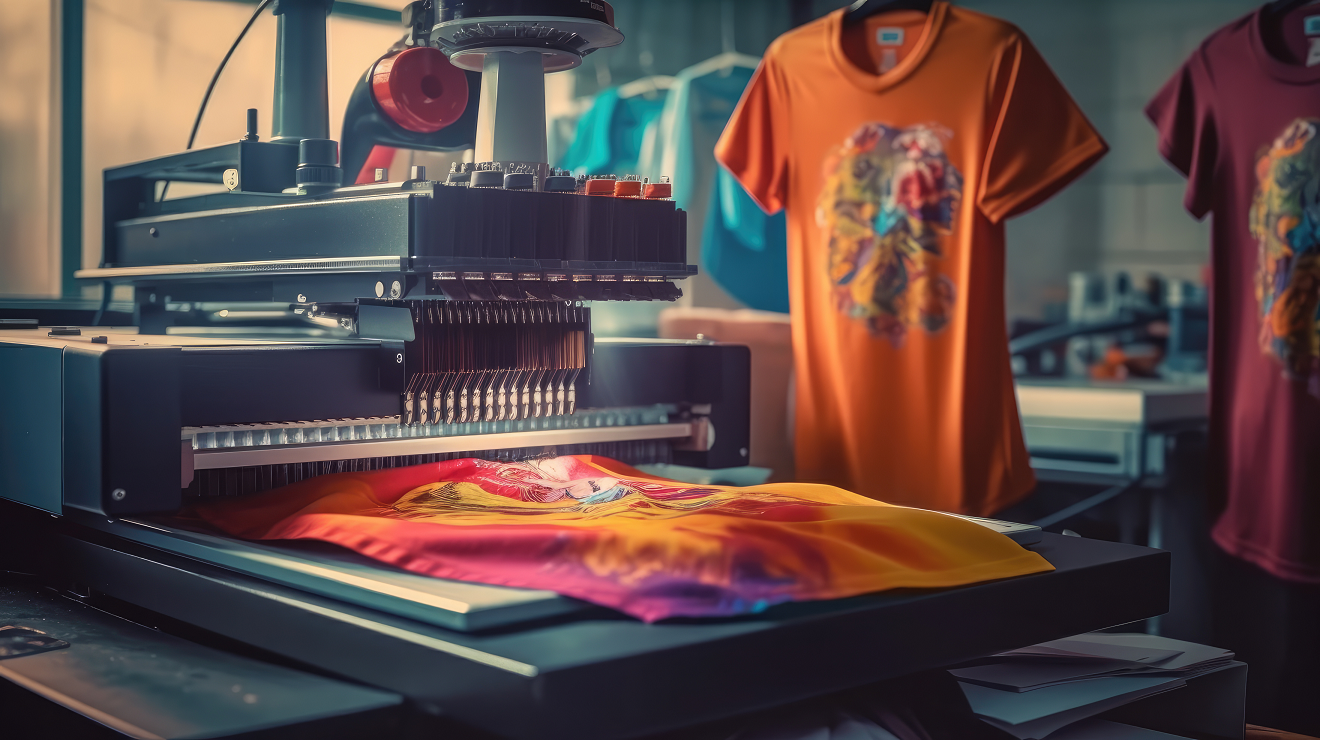4 Biggest Supply Chain Screw-Ups (and How the Apparel Industry can Overcome Their Own)
Published: April 27
With all the shifting variables in play throughout supply chains around the world, the fact that goods arrive where and when they're supposed to is something of a miracle. From weather delays to disruptions in the transportation industry, to human error in the warehouse, there are hundreds of supply chain disasters just waiting to slow down the supply chain. It's a testament to the administrative and logistical skills of thousands of people working together that the wheels don't constantly fall off. But sometimes they do, and it can be spectacularly bad. We're not singling out companies with poor supply chain management, but we are highlighting 4 supply chain mishaps.
1.) The iPhone 5.
The iPhone 5 was one of the most anticipated new technology products of 2012. On release day, they had 5 million devices ready, but the demand was much, much higher, leaving some customers waiting for weeks as their phones were assembled and shipped.
Some analysts chalked up this mismatched production to some secret, genius marketing strategy cooked up by Apple, but it's much more likely that it's a result of Apple's famed perfectionism. Each iteration of the iPhone has sold out more quickly than the last, and with each new iPhone the supply chain has become increasingly complex. This leaves Apple customers holding the bag (while standing in line).
2.) GM Goes Nuts For Robots.
In the 1980s, GM's chairman Roger Smith was major technology enthusiast. Smith thought that robots and automation were the future of manufacturing, a vision that couldn't be realized by 1980s robotics technology. He plowed billions of dollars into robotics projects, building 300 robots and making plans to implement 14,000 more into GM factories with the help of Japanese robot maker Fujitsu-Fanuc. While his commitment to technology was admirable, the results were not so good, and GM's warehouse management experts were baffled. The robots never really worked correctly – imagine this, but across an entire production floor.
According to employees on the scene, the robots painted themselves, shattered windshields, and generally did everything but what they were designed to do.
3.) Adidas’ Warehouse Implosion.
Adidas' supply chain major issues began in 1993 when they tried to implement new warehouse management software at their Spartanburg, South Carolina distribution warehouse. Trouble started when adidas asked their WMS provider to port their UNIX software to the non-compatible adidas computers.
The first vendor went out of business before implementation for unrelated reasons, and when the job was passed to a second company, they also failed to complete the project. Frustrated by delays, adidas decided to take their exceedingly complex distribution center live before the systems were ready. You can guess what happened next.
The system didn't work and they were unable to process orders. In January of 1996 (when the distribution center went live), adidas was only able to complete 20% of the orders they received, leading to major financial losses and mass defection from the IT staff.
4.) Toys “R” Us Ruins Christmas.
Toys “R” Us was looking forward to a big Christmas in 1999 — eCommerce was finally taking root and the company expected a flood of holiday orders. Looking to take full advantage of the new online shopping craze, they promised customers that any orders made on or before December 10 would arrive by Christmas. As they would soon learn, it was a promise they couldn't keep.
As thousands and thousands of orders rolled in, warehouse management experts within the company realized that it would be mathematically impossible to pick, pack, and ship all the items before the Christmas deadline. Two days before Christmas, they sent out an ill-fated apology email. While other companies were experiencing eCommerce growing pains, the email made Toys “R” Us the focus for stories about shipping delays in the media, and their brand was tarnished for years. After the debacle, they handed over fulfillment to logistics masters Amazon.com.
Overcoming Supply Chain Issues in the Apparel and Fashion Sector
One of the most effective measures apparel and footwear companies can take to prevent such mishaps and meet demand with success is investing in robust supply chain and inventory management software. If you've ever had a supply chain meltdown like adidas or Toys “R” Us, get back on the right track with help from Apparel Business Systems. ABS is among the biggest supply chain management software companies. From the sales and planning stage through to order fulfillment, ABS has the supply chain tools needed to ultimately deliver customer orders both accurately and on time. Our WMS is purpose-built to help apparel companies optimize their supply chain and avoid costly mistakes in inventory control. the ABS Vendor Portal is a game changer in streamlining activities between you and your multiple suppliers, and our expert consultants will help you analyze your systems and root out any lurking problems that could slow you down.
Real-time Visibility:
ABS ERP provides real-time visibility into the entire supply chain, from raw material procurement to finished product distribution. This visibility optimizes supply chain operations by allowing businesses to monitor inventory levels, production progress, and shipment status at every stage. By having accurate and up-to-date information, potential disruptions or delays can be identified early, enabling proactive measures to enhance their strategy and to rectify the issues before they escalate.
Demand Forecasting and Planning:
ABS ERP incorporates advanced demand forecasting and planning modules. These tools analyze historical data, market trends, and customer behavior to predict future demand accurately. With this insight, businesses can align their production and procurement strategies accordingly, ensuring that they have the right amount of materials and finished products on hand. This helps prevent overstocking or understocking issues, reducing the risk of supply chain bottlenecks while scaling to always accommodate onboarding new customers. locations led
Supplier Collaboration and Risk Management Throughout Supply Chains:
ABS ERP facilitates effective collaboration with suppliers through integrated communication channels. It enables fashion and apparel businesses to maintain constant communication with suppliers, sharing forecasts, order updates, and quality requirements with raw materials and finished goods. Additionally, the apparel ERP software can assess supplier performance and track key performance indicators (KPIs) to identify any potential risks. This proactive approach allows businesses to address supplier issues promptly and diversify sources if necessary, minimizing the impact of supplier-related disruptions on the supply chain.
The Best Apparel Software for Supply Chain Management
By combining real-time visibility, demand forecasting, planning capabilities, and supplier collaboration tools, ABS ERP empowers businesses in the apparel industry to proactively manage their supply chains while preventing mishaps resulting in canceled orders or shortages and managing seamless operations. ABS provides leading supply chain management software and so much more.
Contact us today for more information.


We will get back to you as soon as possible.
4325 Alexander Drive, Suite 100
Alpharetta, GA 30022-3740
Apparel Business Systems | All Rights Reserved










